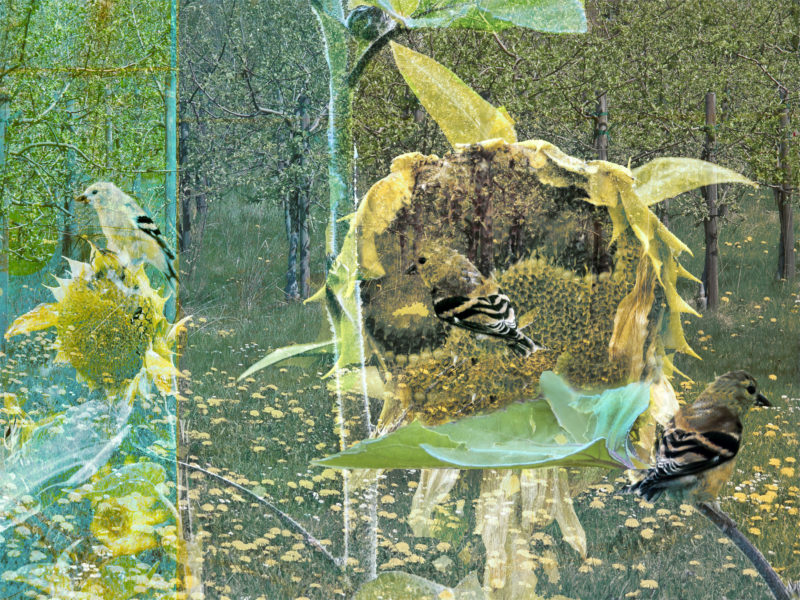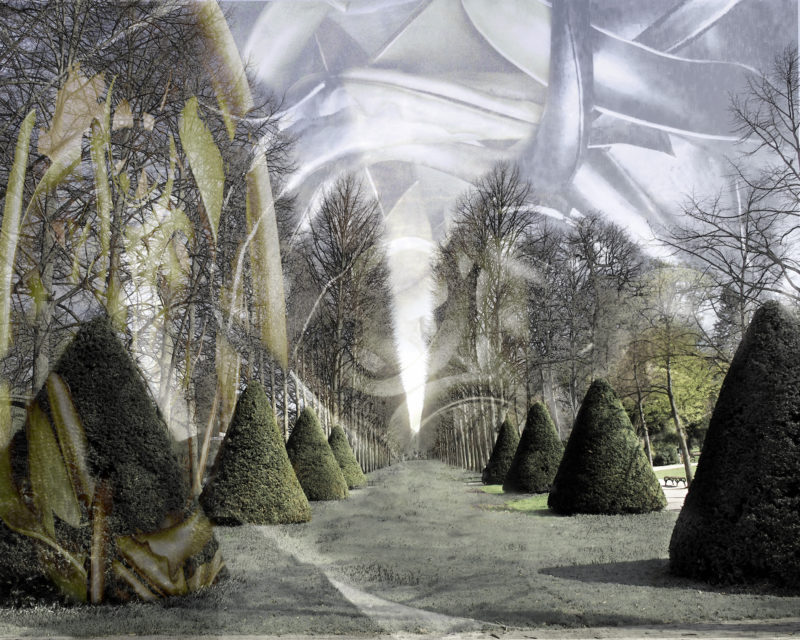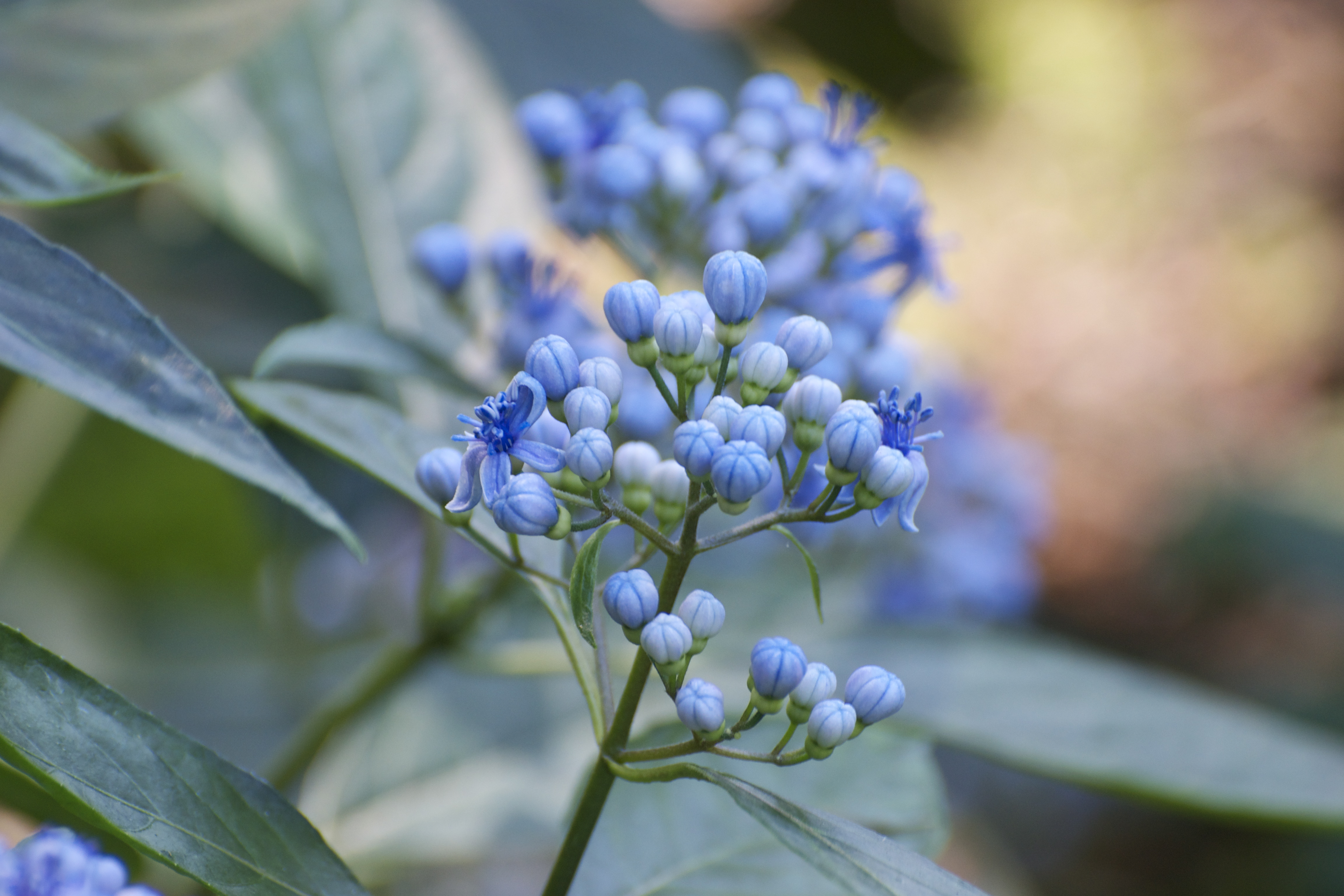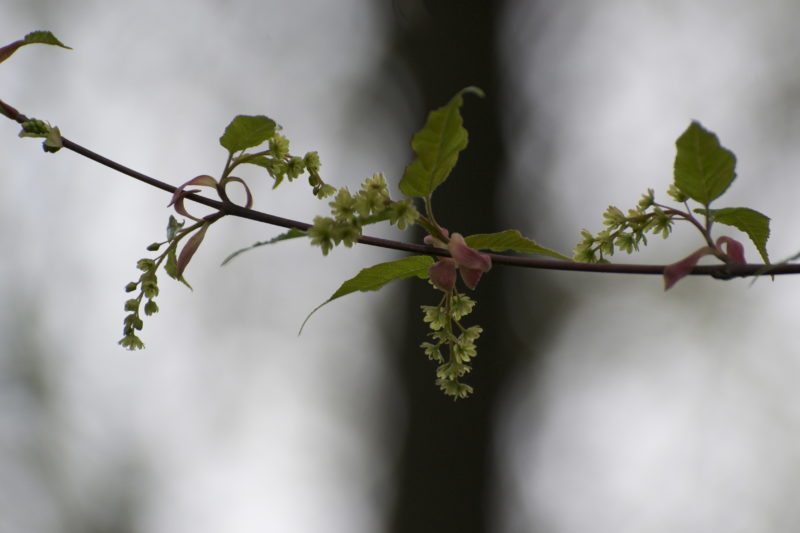 Actually less into the woods and more into trees: I find them most spectacular in the fall, when the light is reflected by rather than absorbed into their more brightly colored leaves. Here is a poems that points to something important:
Actually less into the woods and more into trees: I find them most spectacular in the fall, when the light is reflected by rather than absorbed into their more brightly colored leaves. Here is a poems that points to something important:
Earth is the right place for love.

Birches
When I see birches bend to left and right Across the lines of straighter darker trees, I like to think some boy’s been swinging them. But swinging doesn’t bend them down to stay As ice-storms do. Often you must have seen them Loaded with ice a sunny winter morning After a rain. They click upon themselves As the breeze rises, and turn many-colored As the stir cracks and crazes their enamel. Soon the sun’s warmth makes them shed crystal shells Shattering and avalanching on the snow-crust-- Such heaps of broken glass to sweep away You’d think the inner dome of heaven had fallen. They are dragged to the withered bracken by the load, And they seem not to break; though once they are bowed So low for long, they never right themselves: You may see their trunks arching in the woods Years afterwards, trailing their leaves on the ground Like girls on hands and knees that throw their hair Before them over their heads to dry in the sun. But I was going to say when Truth broke in With all her matter-of-fact about the ice-storm I should prefer to have some boy bend them As he went out and in to fetch the cows-- Some boy too far from town to learn baseball, Whose only play was what he found himself, Summer or winter, and could play alone. One by one he subdued his father’s trees By riding them down over and over again Until he took the stiffness out of them, And not one but hung limp, not one was left For him to conquer. He learned all there was To learn about not launching out too soon And so not carrying the tree away Clear to the ground. He always kept his poise To the top branches, climbing carefully With the same pains you use to fill a cup Up to the brim, and even above the brim. Then he flung outward, feet first, with a swish, Kicking his way down through the air to the ground. So was I once myself a swinger of birches. And so I dream of going back to be. It’s when I’m weary of considerations, And life is too much like a pathless wood Where your face burns and tickles with the cobwebs Broken across it, and one eye is weeping From a twig’s having lashed across it open. I’d like to get away from earth awhile And then come back to it and begin over. May no fate willfully misunderstand me And half grant what I wish and snatch me away Not to return. Earth’s the right place for love: I don’t know where it’s likely to go better. I’d like to go by climbing a birch tree, And climb black branches up a snow-white trunk Toward heaven, till the tree could bear no more, But dipped its top and set me down again. That would be good both going and coming back. One could do worse than be a swinger of birches.


Where are the politics, you ask? Far from me to disappoint you: http://forward.com/culture/198181/even-trees-can-be-political/





 Mushrooms played a large role in the fairy tales of my childhood, both those of the brothers Grimm and the Russian tales that were a staple. I now learn that they play a role in African folklore as well, and in the tales of the native peoples of Alaska. As so many repeated features in fairy tales do, they probably served an educational role. Mushrooms were an essential part of the fall/winter diet, they could be dried and used in soups. Important, then, to know that they could be dangerous, particularly if you went for the really pretty red ones with the white dots (Amanita muscaria or Fly Agaric.) It is not deadly, unless you eat 7 or so of them, but some of its cousins are. It is, however, psychotropic, and was used in religious ceremonies in numerous countries.
Mushrooms played a large role in the fairy tales of my childhood, both those of the brothers Grimm and the Russian tales that were a staple. I now learn that they play a role in African folklore as well, and in the tales of the native peoples of Alaska. As so many repeated features in fairy tales do, they probably served an educational role. Mushrooms were an essential part of the fall/winter diet, they could be dried and used in soups. Important, then, to know that they could be dangerous, particularly if you went for the really pretty red ones with the white dots (Amanita muscaria or Fly Agaric.) It is not deadly, unless you eat 7 or so of them, but some of its cousins are. It is, however, psychotropic, and was used in religious ceremonies in numerous countries.















 Last Sunday the entire grandiose Catalogue of Birds by Messiaen was played across different places in nature during the course of a day into the night. Starting with a walk at dawn to hear the real birds, the concert commenced among the reeds. At night it finished fittingly in a hall, performing the calls of the night owl. Luckily all this happened in England, at the Aldeburgh Festival last week, so I didn’t have to stay up late, which is harder for me than to get up early. Wouldn’t have liked to miss the owl. Unluckily, this seems like an event of a lifetime, organized with British precision, stamina and a sense of adventure, shuttling the audience from one spot to another, an experience I would have relished. The festival director, Pierre-Laurent Aimard, was also the pianist, playing, as you can see in the clip below, with hand warmers in the dawn!
Last Sunday the entire grandiose Catalogue of Birds by Messiaen was played across different places in nature during the course of a day into the night. Starting with a walk at dawn to hear the real birds, the concert commenced among the reeds. At night it finished fittingly in a hall, performing the calls of the night owl. Luckily all this happened in England, at the Aldeburgh Festival last week, so I didn’t have to stay up late, which is harder for me than to get up early. Wouldn’t have liked to miss the owl. Unluckily, this seems like an event of a lifetime, organized with British precision, stamina and a sense of adventure, shuttling the audience from one spot to another, an experience I would have relished. The festival director, Pierre-Laurent Aimard, was also the pianist, playing, as you can see in the clip below, with hand warmers in the dawn! 





 According to the review the book traces the history of public parks including their role (in the eye of philanthropic Victorians) to pacify the urban poor. Post WW I park creation was increased to enhance physical fitness in young men, having shown lamentable lack thereof when conscripted earlier. And of course now parks are making way for ever larger number of shopping malls… I find it interesting to learn about what social, political or economic pressures shape environments that we take for granted.
According to the review the book traces the history of public parks including their role (in the eye of philanthropic Victorians) to pacify the urban poor. Post WW I park creation was increased to enhance physical fitness in young men, having shown lamentable lack thereof when conscripted earlier. And of course now parks are making way for ever larger number of shopping malls… I find it interesting to learn about what social, political or economic pressures shape environments that we take for granted.





 much less be successful.
much less be successful. They need vision – a plan, a sense of design, the ability to translate from a piece of drawing paper to the visualization of how things look like. They need patience, because things evolve slowly. They need a high tolerance for lack of control, because each garden has its own mind, and things never work out as planned. They also need to like things ephemeral, or at least accept that state, because things happen quickly and are gone before you blink when it comes to blooming season.
They need vision – a plan, a sense of design, the ability to translate from a piece of drawing paper to the visualization of how things look like. They need patience, because things evolve slowly. They need a high tolerance for lack of control, because each garden has its own mind, and things never work out as planned. They also need to like things ephemeral, or at least accept that state, because things happen quickly and are gone before you blink when it comes to blooming season.
 The latter kind also introduces some additional requirements: you need to be able to lead a team and work with others, since the tasks cannot be done by one person alone, and you need to have the openness to accept your team mates’ ideas – since everyone who steadily tends to a large garden develops a sense of ownership. You need to be able to convey that you call the shots without feeling guilty and you need – let’s be blunt – some serious financial commitment, since large gardens are not a cheap passion.
The latter kind also introduces some additional requirements: you need to be able to lead a team and work with others, since the tasks cannot be done by one person alone, and you need to have the openness to accept your team mates’ ideas – since everyone who steadily tends to a large garden develops a sense of ownership. You need to be able to convey that you call the shots without feeling guilty and you need – let’s be blunt – some serious financial commitment, since large gardens are not a cheap passion.






